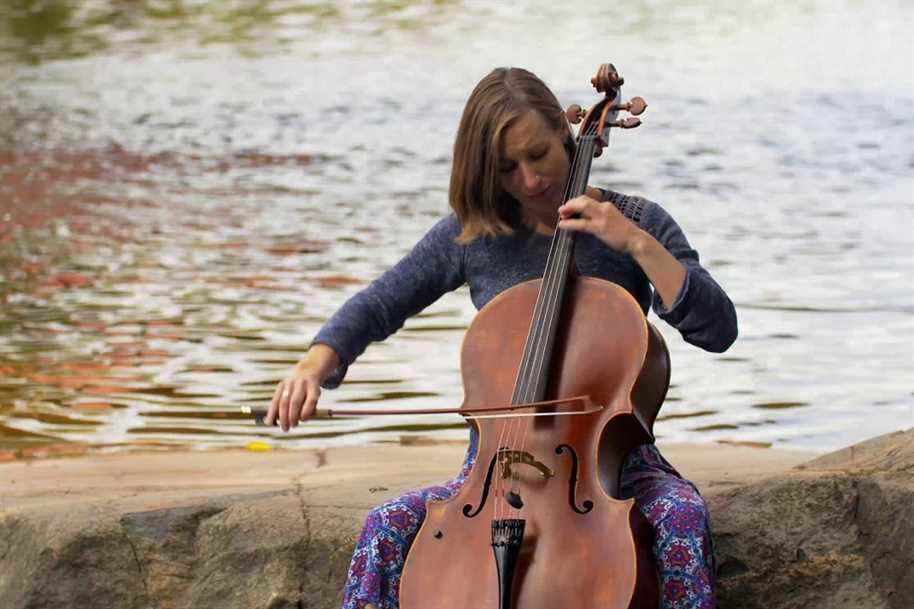The prelude is first, as its name suggests, a piece introducing another. In the Baroque period, it often appeared at the head of instrumental suites or diptychs of the “prelude and fugue” genre. Chopin and others would later make it a genre in its own right. Julia MacLaine, assistant principal cello at the National Arts Center Orchestra in Ottawa since 2014, made it the subject of her first album on Analekta.
Posted yesterday at 12:30 p.m.
Recorded last fall in the favorable acoustics of the Saint-Augustin church in Mirabel, the disc alternates between the preludes of the six Cello suites by Bach and commissions from Canadian composers. We salute the idea of the Prince Edwardian musician to create such a bridge between the past and the present.
What about excerpts from Sequels of Bach? Recording his music is quite a challenge for a cellist, because he faces several prestigious testimonials. Like all instruments, the cello was marked by the musicological turning point of the 1970s and 1980s. Anner Bylsma’s recording is emblematic of this approach, limiting vibrato and emphasizing the danced aspect of this music.
MacLaine is closer to the great tradition of Fournier, Rostropovitch and Tortelier. The gesture is ample and everything breathes. His cello (a Vuillaume from 1840) takes on all its ease, without either falling into unacceptable sonic narcissism.
There is something for everyone in the contemporary “comments” following each prelude. electronics with Prayers for Ruins by Nicole Lizée, where the soloist is accompanied by a soundtrack, folk music with No. 6 Post Bach by Roy Johnstone, Indian music with sarasaraahat by Gabriel Dharmoo, pathos in LANDBACH by Cris Derksen, improvisation in play time of Carmen Braden and neo-romanticism with the Praeludium in G major by Airat Ichmouratov.
A disc-experience interpreted with passion by an artist to follow.

Classic
Preludes
Julia MacLaine
Analekta
